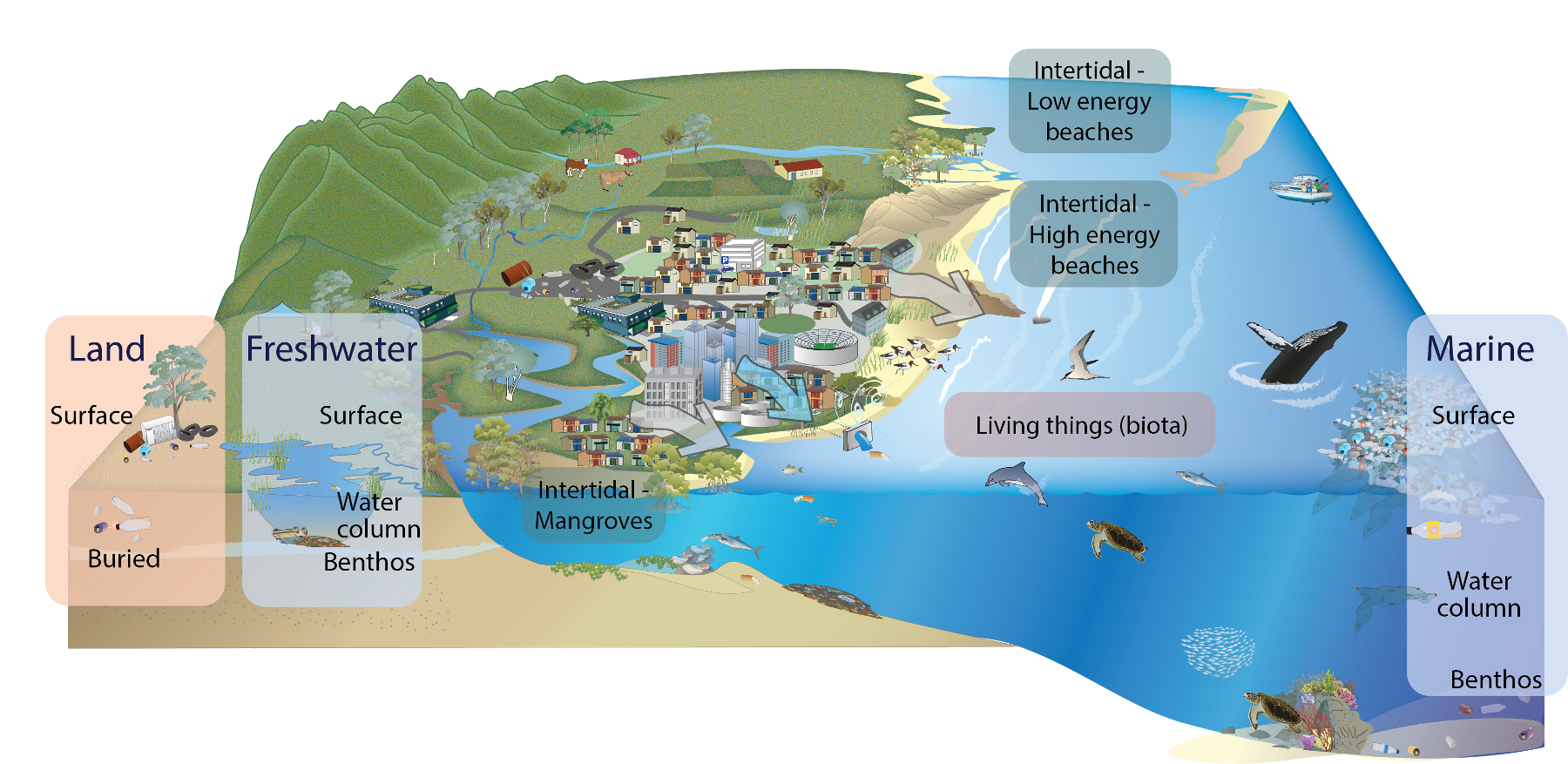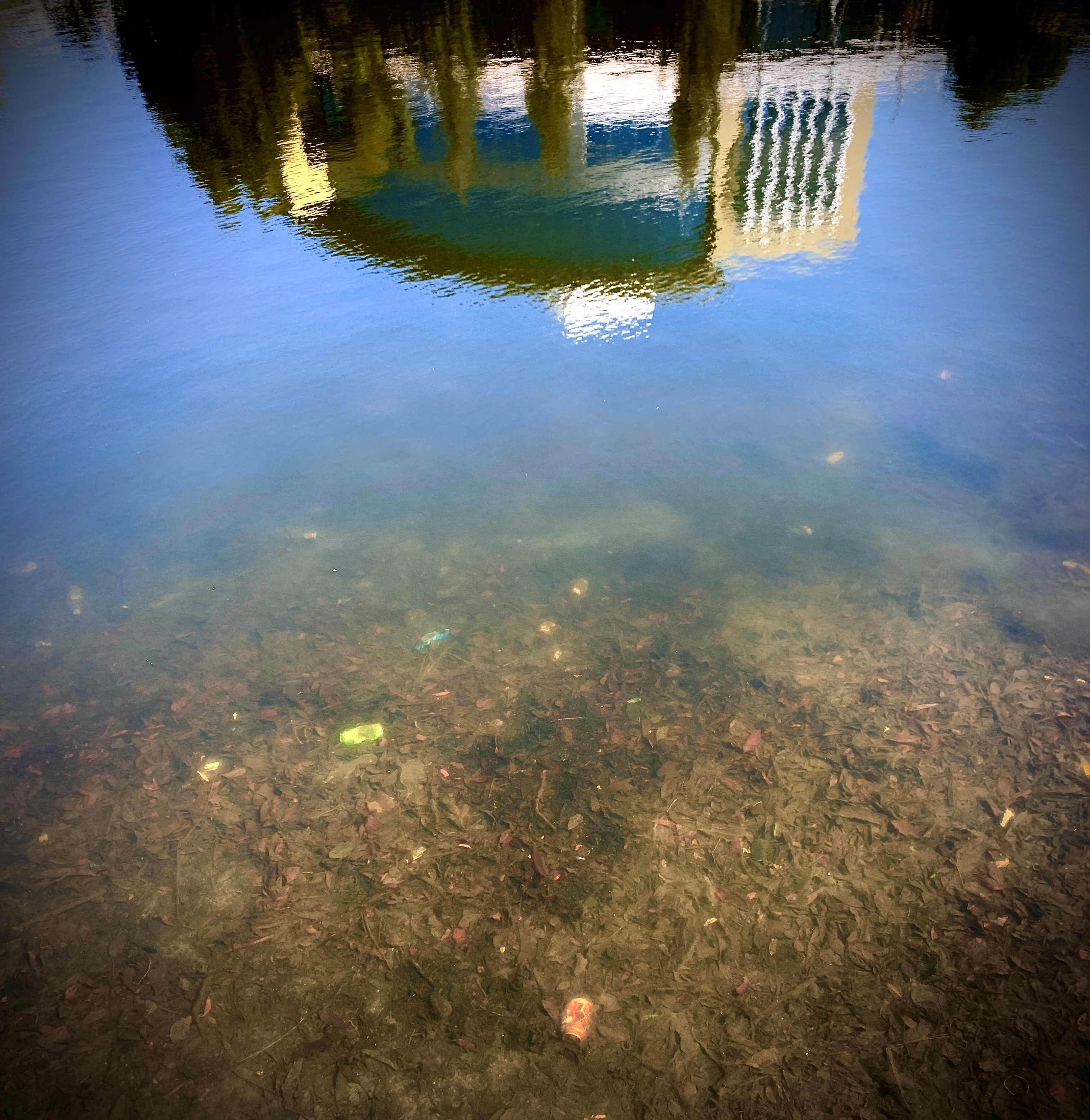|
|
Sinks (where waste ends up)Sinks are the places where waste come to rest in the environment. Studying sinks helps to understand the damage caused by waste pollution and identify effective actions. Four major categories of sinks are: 
Click on sources in the diagram above for additional information. Most of the damage from litter and illegally dumped material happens at its final resting place. For example, oil dumped illegally on land can damage soil and harm food production. Fragmented drinking bottle plastic in the ocean may be fed to a fledgling bird by its parent. Existing equipment, such as pollutant traps and litter catchment devices in stormwater drains, help to reduce waste pollution. However, waste pollution is still getting through and impacting areas such as rivers, beaches and the ocean. Last updated: 10 May 2021 This page should be cited as: Department of Environment, Science and Innovation, Queensland (2021) Sinks (where waste ends up), WetlandInfo website, accessed 25 June 2024. Available at: https://wetlandinfo.des.qld.gov.au/wetlands/management/pressures/litter-illegal-dumping/sinks/ |

 — Department of Environment, Science and Innovation
— Department of Environment, Science and Innovation


